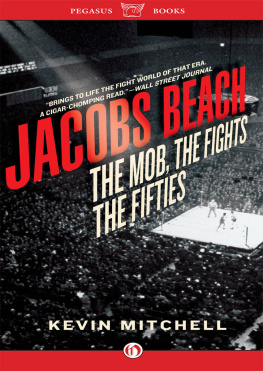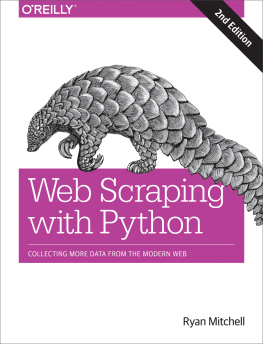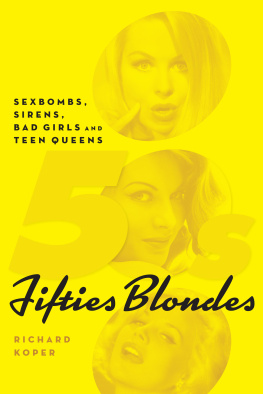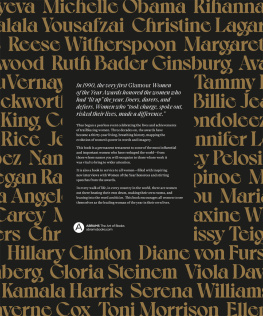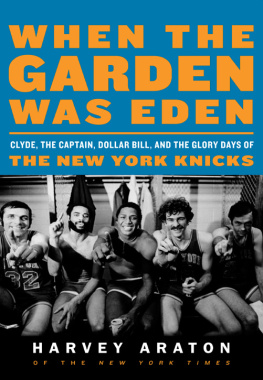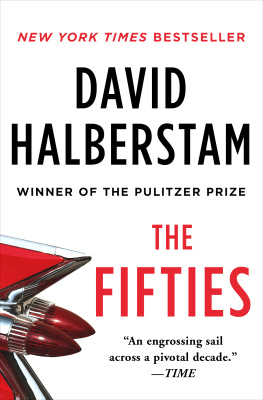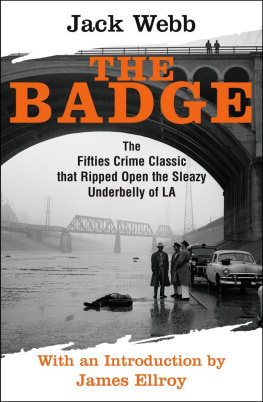JACOBS BEACH
THE MOB, THE FIGHTS,
THE FIFTIES
KEVIN MITCHELL

PEGASUS BOOKS
NEW YORK
For Marie

CONTENTS


ILLUSTRATIONS

Section One
1 Joe Louis beats Jersey Joe Walcott in their first meeting at Madison Square Garden in December 1947 (courtesy of Getty Images).
2 Joe Louis and the Twentieth Century Sporting Clubs influential deal-maker, Mike Jacobs, at Yankee Stadium in June 1936; James J. Braddock and his manager, Joe Gould, at a training camp; Braddock confides in Louis before his return fight with Schmeling in 1938 (all courtesy of Bettman/Corbis).
3 Max Baer on his way to losing the title to James J. Braddock in June 1935, at the Madison Square Garden Bowl (courtesy of Bettman/Corbis); Joe Louis brings Max Schemling to his knees in round one at Yankee Stadium (courtesy of Getty Images).
4 Writer and journalist Damon Runyon, pictured here at his typewriter in 1937 (courtesy of Getty Images); journalist Dan Parker in 1953 (courtesy of Bettman/Corbis).
5 Jacobs Beach, New York, in 1946; actor and comedian Jackie Gleason at Toots Shors bar in December 1954 (both courtesy of Getty Images).
6 Jake LaMotta, on the right, taking an arranged hiding from Billy Fox at Madison Square Garden in November 1947; Rocky Castellani, on the left, and Ernie Durando, at Madison Square Garden in January 1950 (both courtesy of Bettman/Corbis).
7 Kid Gavilan outpoints New Yorker Billy Graham at the Garden in November 1950; Johnny Bratton levels New York left-hooker Joe Miceli at the Garden in October 1952 (both courtesy of Bettman/Corbis).
8 Garden II in 1924, Garden III in 1939 and Garden IV in 1968 (all courtesy of Getty Images).
Section Two
1 Rocky Marciano lands the knockout blow that finished Joe Louiss reign, in October 1951 (courtesy of Popperphoto/Getty Images).
2 Senator Estes Kefauver from Tennessee in 1956 (courtesy of Bettman/Corbis); the hands of crime boss Frank Costello during the Kefauver Senate hearings into organised crime (courtesy of Time & Life Pictures/Getty Images).
3 Crime in America by Estes Kefauver, published in 1951; mobster Benjamin Bugsy Siegel shot at his home in Beverly Hills in June 1947 (courtesy of Bettman/Corbis).
4 Mobster Frank Costello poses at the Beverly Club in New Orleans in March 1949 (courtesy of Time & Life Pictures/Getty Images); Blinky Palermo puts the world welterweight title belt around his fighter, Johnny Saxton, after beating Kid Gavilan in October 1954 (courtesy of Bettman/Corbis).
5 James D. Norris at the fights in 1951; Truman K. Gibson Jr, interviewed by the US Supreme Court in January 1959 (both courtesy of Time & Life Pictures/Getty Images).
6 Reporters gather around the hospital bed of Los Angeles promoter Jack Leonard in 1959; Frankie Carbo leaving court in 1959 (both courtesy of Bettman/Corbis).
7 Don King on the telephone, Miami Beach, Florida, in 1977; world heavyweight champion Charles Sonny Liston with his manager, Pep Barone, in 1960 (both courtesy of Bettman/Corbis).
8 Liston is beaten by heavyweight champion Muhammad Ali in round one in Lewiston, Maine, in May 1965 (courtesy of Bettman/Corbis).

THE BEAST WITHIN

The story you are about to read has a beginning and a middle, but no end. It is a story about the fight game, and the fight game is an unkillable beast. What it did yesterday, it does today and, unless the sun doesnt rise somewhere, it will do the same tomorrow.
Some periods and places, though, live in the imagination more vividly than others. The fifties were such a time, New York such a place. While no age exists in isolation, there is a backstory to the fifties that makes those years unique in boxing. In that decade in that city, in a venue that has been the spiritual home of the business for more than a century, a coterie of chancers came close to doing the impossible: they nearly killed the fight game.
A lot of people were responsible for what happened in and around Madison Square Garden in those ten years: gangsters, promoters, managers, TV moguls and some of the fighters.
Jake La Motta, for instance. Jake was the less-than-beautiful bull born on the Lower East Side of Manhattan, a crude, tough kid who raged through his era with manic energy, hounded by the Mob and, very occasionally, his conscience. He was a wife-beater, a rapist and thief, a mugger and liar who went on to become a raconteur skilled in reheating his past. He was then and remains today an extraordinary man, a fighter who struggled to ever say sorry, who expected no apologies in return and, crucially for the making of his legend, clung to the notion that he wouldnt go down. The words he is famously supposed to have uttered through purpled lips in Chicago on St Valentines Day, 1951, while enduring a barely legal beating at the expert hands of Sugar Ray Robinson, were, according to Martin Scorseses evocative take on his life, Raging Bull, You never got me down, Ray. Those words stand as a boxers battlecry of futile pride, even though, as his biographer Dave Anderson revealed years later, Jake never said them.
Nevertheless, Jake La Motta is the nearest thing to an animal boxing has ever seen. Stumpy, strong, bobbing up and down as if moving through the jungle in search of food, Jake stalked his prey, splayed-legged, as his short, hairy arms carved a wide, venomous arc, and with only cursory regard for his own health. It was fighting without artifice. It lacked any self-consciousness and it was driven by a mix of bravery and foolishness. But to disregard the defensive tenets of the sport was to court disaster. No man could go in six times with Sugar Ray Robinson and think he would emerge unscathed. No man except Jake La Motta. But, as he was to learn in five of those encounters, he was as human as the rest of us. He was not a beast, after all. And, of course, La Motta did go down. Not that night, but on others against much lesser fighters. More than once. They all did. One way or another, literally or metaphorically, everybody takes a count.
It is central to boxings myth that the fighter is king, that the great ones rule through the power of their fists, the strength of their chins and the fortitude housed in abnormally large hearts. But they are all blood and bone. La Motta was the essence of the powerless fighting man. He was proud but corruptible, not only because he had to bend to the will of the people who controlled his life, but because, as hard as he was, even he had to admit to his physical and spiritual vulnerability in the end. Sugar Ray couldnt put him down; but boxing did.
La Motta epitomises boxings gift for crushing truth to a pulp. Although Jake was a hell of a fighter, one of the best middleweights of all time, he had no problem in sustaining his legend by denying for more than a decade that he had thrown his fight against the mobbed-up Billy Fox at the Garden in 1947. If he had confessed when he was first accused of the fix, he would have been banished and forgotten. His silence earned him his shot at the world title ten fights later, in 1949 against the exquisite Frenchman Marcel Cerdan. It also lent La Motta a twisted immortality. It wasnt until a Senate hearing in 1960, however, six years after hed quit boxing, that La Motta came clean. By then, he was on his way to becoming a parody of himself, albeit a famous and rich one, to be remembered eventually as the Raging Bull.

